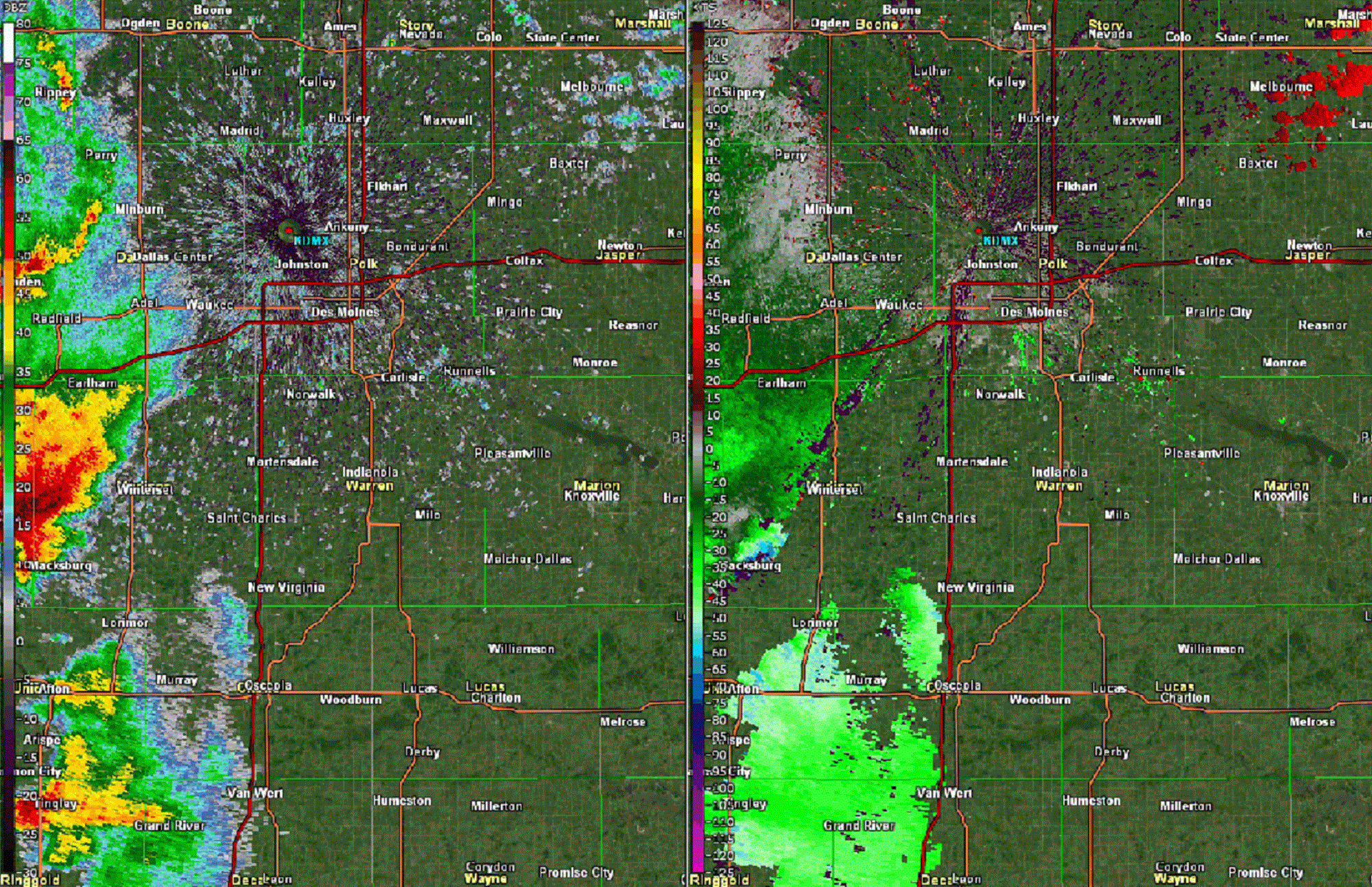

Tornado season, which typically lasts from March until June, is already brewing—and some meteorologists think the current string of storms will be especially long and dangerous.
According to a new report from AccuWeather, the 2021 tornado season, which stuck around until December, will be followed up by another “turbulent” year. 2022 got off to an ominous start with several storms ripping through central Alabama and central and southern Iowa in February and early March. The counts are only expected to ramp up over the next few months.
“This is the worst anyone has seen in a very long time,” Diogenes Ayala, the Emergency Management Director of Madison County, Iowa, told the Associated Press after seven locals were killed by a rash of tornadoes.
The new predictions put the number of tornadoes for 2022 at around 1,350 to 1,475, above a yearly average of 1,253. April is supposed to be particularly busy with a predicted 200 to 275 storms (last year April there were just 73). But the big takeaway is that they’ll likely hit places outside of what’s traditionally been known as “Tornado Alley.”
In the past, Great Plains states like Texas, Kansas, and Nebraska have been the epicenter for twisters. The term “Tornado Alley” was coined back in 1952, and was cemented through meteorological measurements gathered from the ‘50s onward. But that data might be unreliable, Jana Houser, an associate professor of meteorology at the University of Ohio, told Popular Science back in December—which could mean that the “Tornado Alley” map was never quite right.
[Related: Why it’s so difficult to forecast a tornado’s path]
More recently, tornado activity has shifted toward the southeastern US. The Accuweather report attributes this to persistent drought conditions in Arizona, Colorado, New Mexico, and Utah, as well as changes in the jet stream. As northern states experience more warm, humid air late in the year, the risk of extreme thunderstorms and tornadoes rises.
But even with new hot spots and longer seasons, there isn’t much evidence that tornadoes are becoming more prevalent or stronger over time. The report notes that the US is on its longest streak since 1950 without an Enhanced Fujita 5, the most intense rating for a tornado.
Still, the storms can prove costly in the densely populated Southeast, where woody landscapes make it harder to see the funnels coming. If it turns out that climate change plays a role in tornado patterns, the stakes could be even higher with future forecasts.